Scotland and Ireland’s rugged, often ethereal landscapes are steeped in a rich tapestry of myths and legends. Among these captivating tales is the legend of Cailleach, a one-eyed creator who holds a prominent place in the folklore of both countries.
A complex and enigmatic figure in Celtic mythology, the Cailleach is associated with the creation of the landscape. She is also closely linked with the weather, especially storms and winter. Through various guises and names, each region boasts its own unique stories of the Cailleach, passed down through generations. If you’re planning a trip to these wild and wonderful lands, here’s the lowdown on the mysterious one-eyed creator.
A ONE-EYED HAG OF UNKNOWN ORIGIN
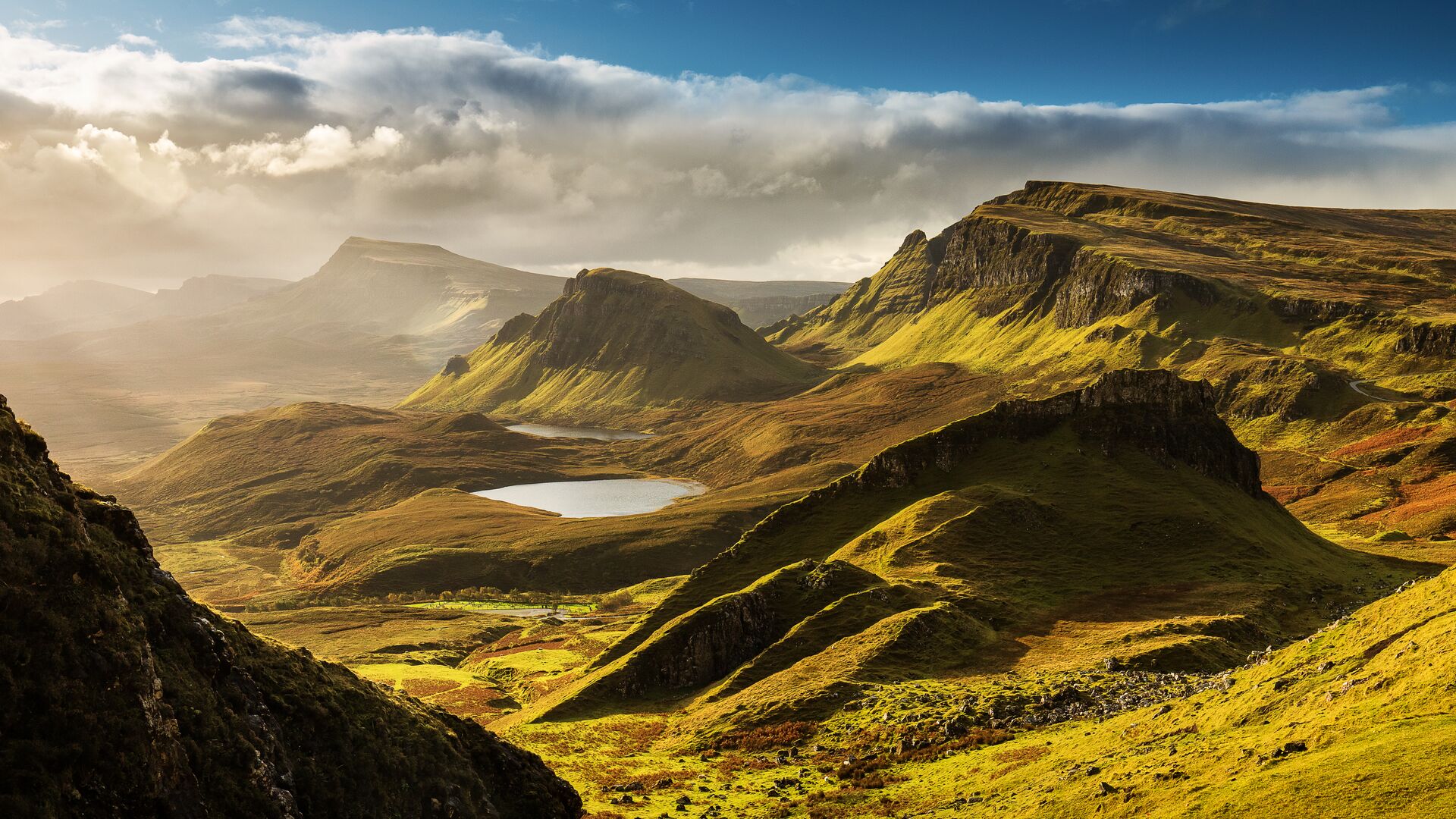
Pronounced ‘kaw-lyuhk,’ Cailleach’s name translates to ‘veiled one’ or ‘hooded woman’. Known by many as the old woman hag, the Cailleach meaning has been associated with numerous mythological and folkloric figures in Ireland and Scotland, and also the Isle of Man. However, the origins of the Cailleach are as shrouded in mystery as the character herself.
Typically portrayed as an elderly woman with a withered face, she is said to have a single, piercing eye in the centre of her forehead. This ‘one-eyed’ aspect has become a defining feature of her character, symbolizing her ability to see beyond the ordinary and into the hidden realms of the ‘otherworld’.
In modern Irish folklore studies, Cailleach is sometimes known as The Hag of Beara, while in Scotland she is known as Beira, Queen of Winter (a name given by 20th-century folklorist Donald Alexander Mackenzie). According to Mackenzie, Beira was a one-eyed giantess with white hair, dark blue skin and rust-coloured teeth.
HAVE YOU EVER WONDERED HOW SCOTLAND’S MOUNTAINS WERE CREATED?
Forget everything you know about geology. In Scotland, Cailleach is credited with creating numerous mountains and many of the country’s large hills. According to folklore, these were formed when she was striding across the land and accidentally dropped rocks from her wicker basket. She also said to carry a hammer, for shaping the hills and valleys.
In other stories, Cailleach is said to have built the mountains intentionally, to serve as her stepping stones.
A SEASONAL DEITY – THE QUEEN OF WINTER
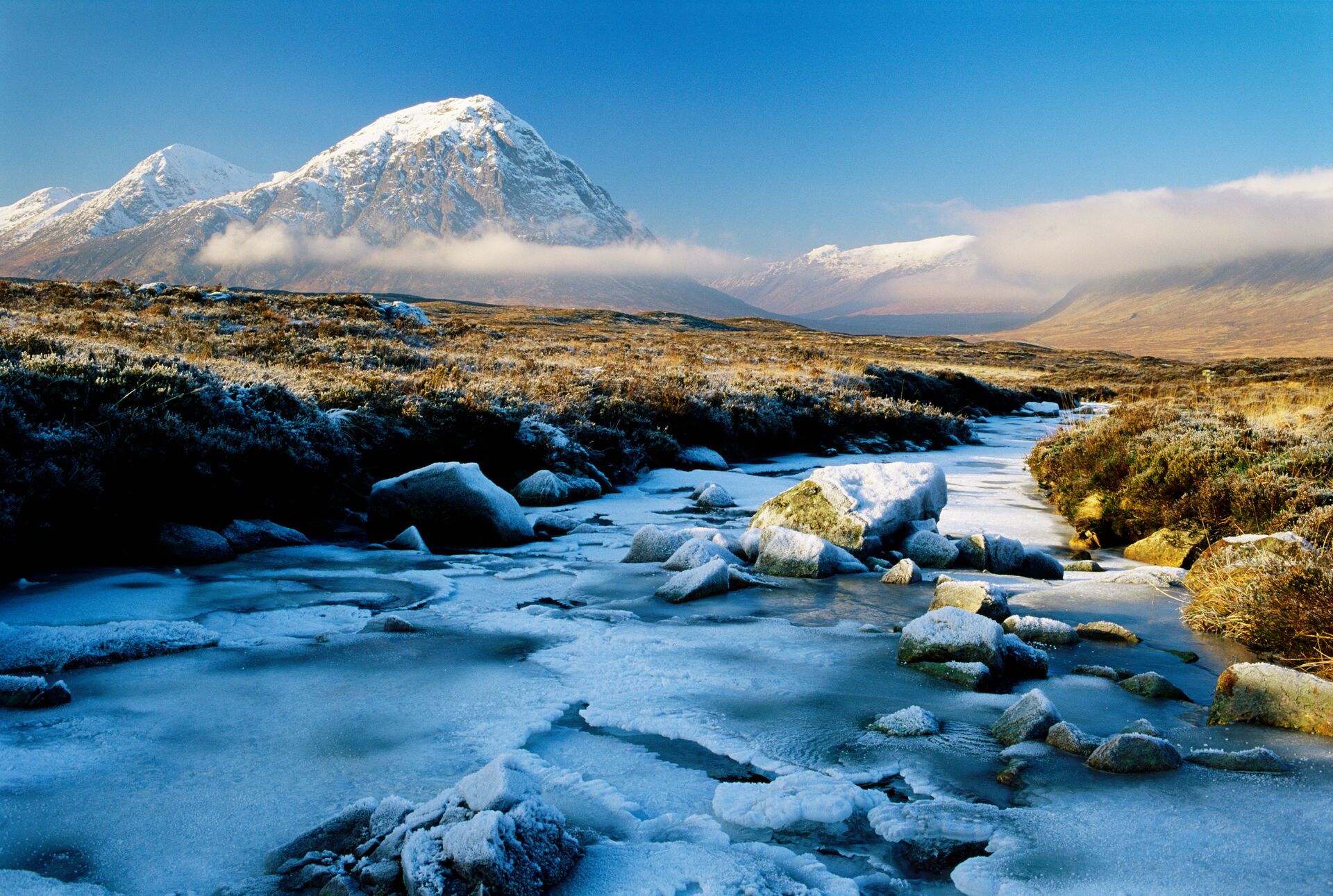
In conjunction with the goddess Brìghde, the Cailleach is regarded as a seasonal deity or spirit, possessing numerous characteristics associated with the embodiment of winter. This includes wielding a staff capable of freezing the earth. Legend has it that Cailleach governs the winter months, while Brìghde presides over the summer.
Some suggest the Cailleach and Brìghde are dual aspects of the same goddess. While others propose that the Cailleach transforms into stone at the start of summer and reverts to human form for winter.
Others believe that that the longest night of the year marked the conclusion of the Cailleach’s reign over winter. On this night she would visit the Well of Youth and, after partaking of its enchanted waters, would grow younger by the day.
HOW LONG WILL WINTER BE?
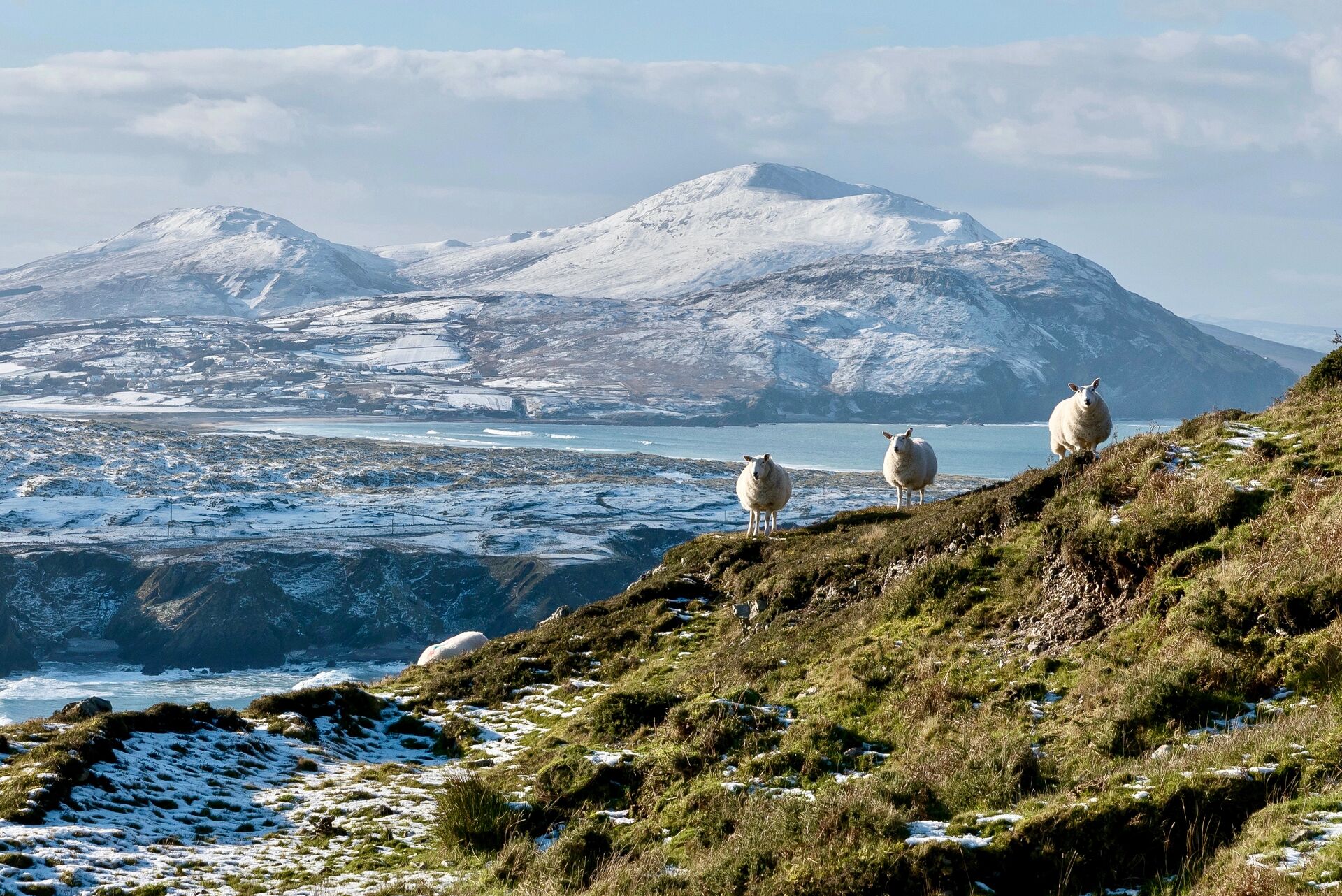
If you’re in Scotland, Ireland or the Isle of Mann on 11 February you’ll have the opportunity to enjoy Là Fhèill Brìghde, also known as Imbolc. This traditional Gaelic festival marks the beginning of spring. It also marks the day when the Cailleach collects her firewood for the remaining winter.
Legend has it that if she wishes to prolong the winter season, she’ll ensure the weather on 1 February is bright and sunny. This gives her time to gather ample firewood for warmth in the coming months. Hence, people typically welcome foul weather on Là Fhèill Brìghde, as this signifies the Cailleach’s slumber, indicating the end of winter is near.
ALL IN ALL, IT’S AN IMPRESSIVE RESUME
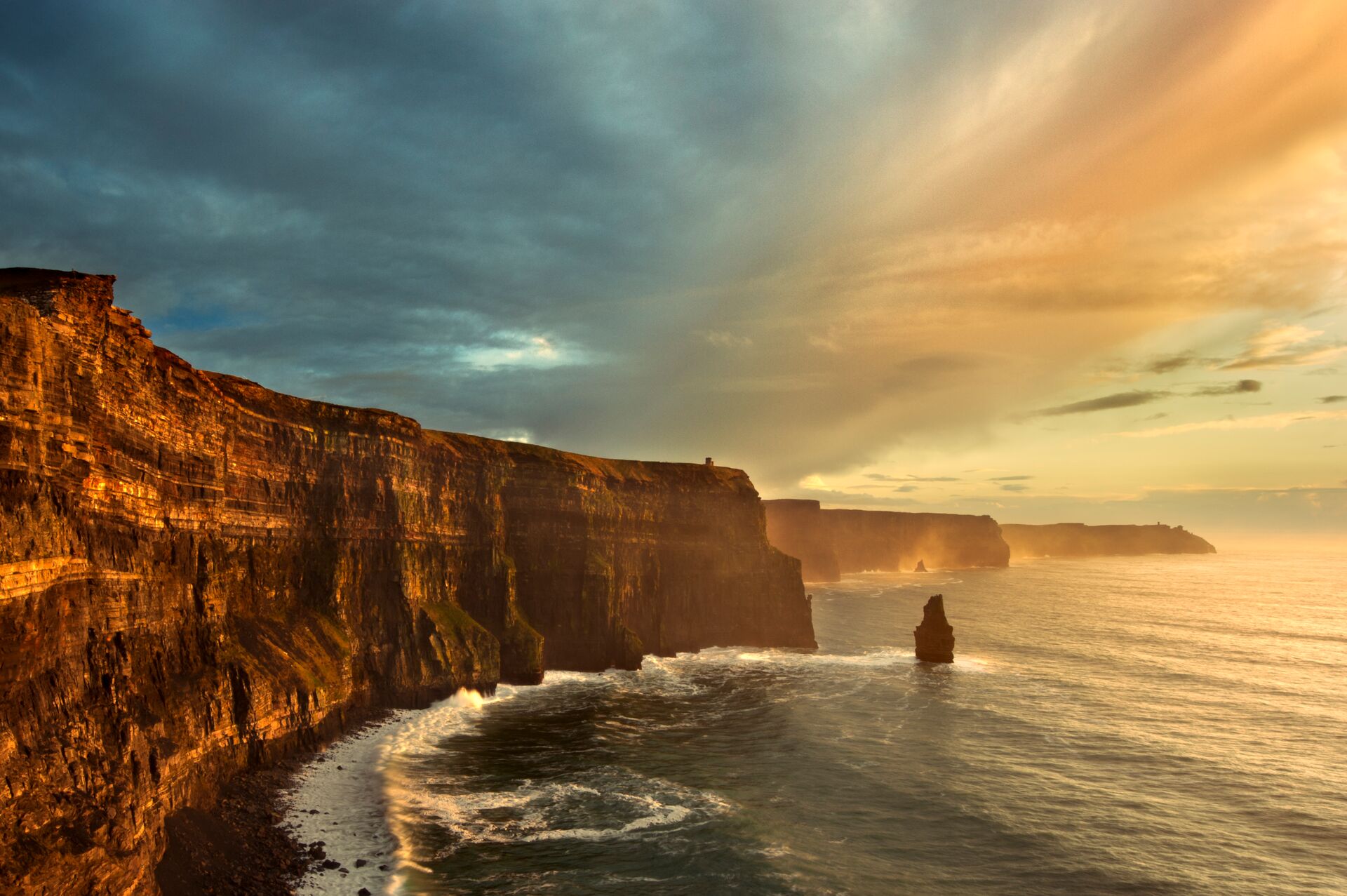
Cattle rustler, Goddess of Sovereignty and Guardian of animals, the Cailleach’s many meanings make for an impressive if somewhat busy slate. In yet another string to her bow, the Cailleachan is also known as the Storm Hags. Continuing the theme of being seen as the personification of the elemental powers of nature, especially in a destructive aspect, they’re said to be particularly active in raising the windstorms of spring.
HER INFLUENCE IS EVERYWHERE
However she may appear and whatever she is up to, the Cailleach meaning and legend has left an indelible mark on the cultural and spiritual heritage of Scotland and Ireland. Her story is woven into the fabric of festivals and traditions, and her influence can be seen in the landscape itself.
Many geographical features in Scotland and Ireland are named after her, emphasizing her role as a creator of the land. Examples include ‘Cailleach’s Chair,’ a rock formation in Ireland, and ‘Cailleach Bheithir,’ a mountain in Scotland. Glen Cailleach is a small valley in the Scottish Highlands, wherein lies a small turf-roofed hut known as Tigh nam Bodach, the only surviving shrine to the goddess.
NOTHING TO FEAR
Keep an eye out for the Cailleach during your travels, and never fear, she is not a deity to be feared but one to be honoured. A figure of great reverence and respect in Celtic mythology, be sure to share her story with friends and family.
Discover more of Ireland on Irish Elegance or dive deep into Scotland on Country Roads of Scotland







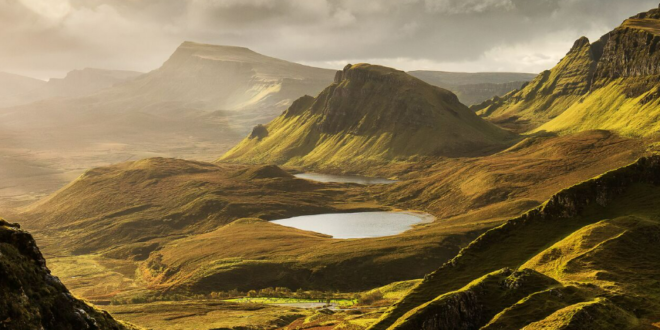

Join the Discussion
Type out your comment here:
You must be logged in to post a comment.